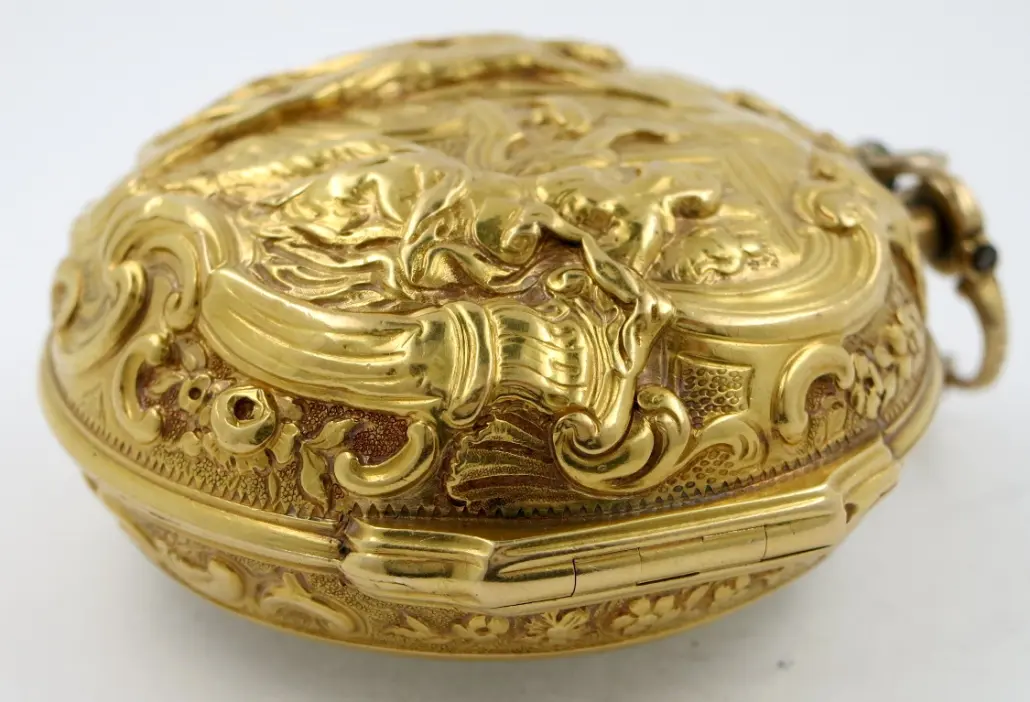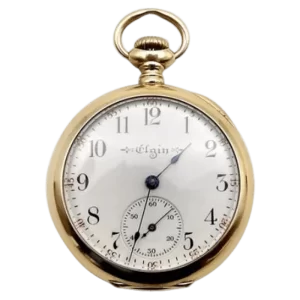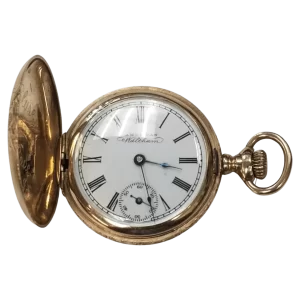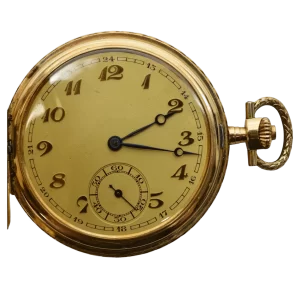Determining the composition of a pocket watch—whether it is made of solid gold, gold-plated, or brass—requires a keen eye and a basic understanding of metallurgy, as each material presents distinct characteristics and value implications. Pocket watches, once a symbol of precision and status, can vary significantly in their construction and materials used. Solid gold watches are often highly sought after for their intrinsic value and durability, while gold-plated options may appeal to those desiring the aesthetic of gold at a lower price point. Brass, on the other hand, is a more common and less expensive material, typically used in lower-quality timepieces. Understanding the differences among these materials not only enhances the collector’s appreciation but also informs potential buyers about their investment. In this article, we will explore several effective methods for identifying whether a pocket watch is gold, gold-plated, or made from brass, equipping enthusiasts and collectors with the knowledge necessary to make informed decisions. From examining hallmarks and conducting simple tests to understanding the nuances of wear and patina, this guide will provide you with the tools needed to accurately assess the composition of your timepiece.
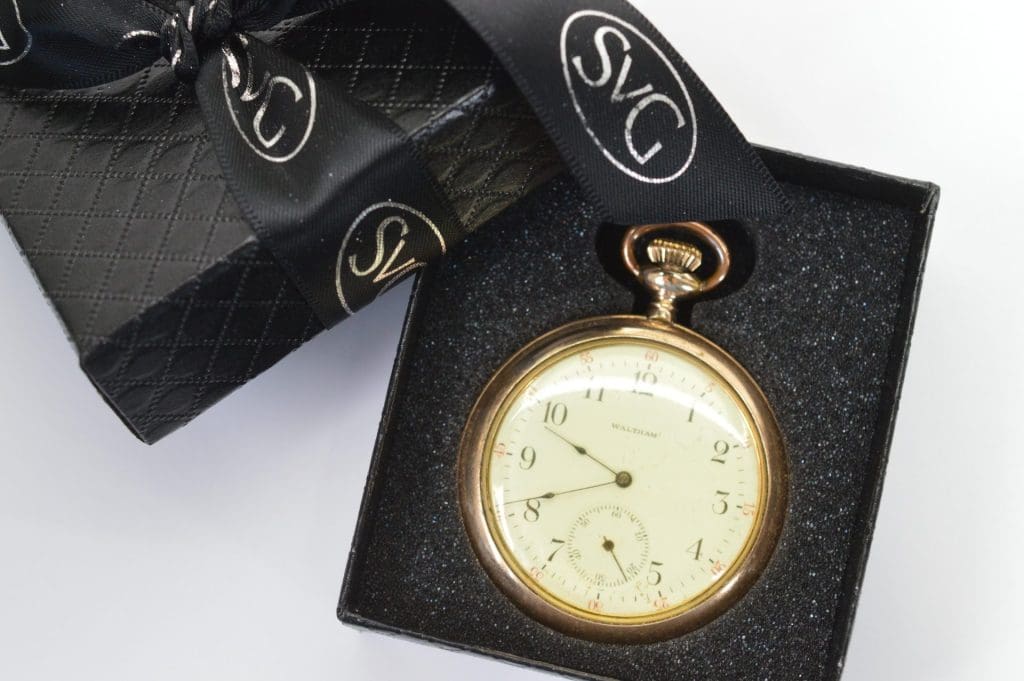
Understanding Pocket Watch Composition Types
The composition of a pocket watch significantly influences both its aesthetic appeal and intrinsic value. Pocket watches may be crafted from various metals, with gold, gold plating, and brass being among the most common materials. Gold pocket watches are typically made from solid gold, which is denoted by a karat system indicating the purity of the gold used. These pieces are often highly prized for their durability and luster, making them a favorite among collectors and enthusiasts alike.
In contrast, gold-plated pocket watches feature a thin layer of gold applied over a base metal, typically brass. This process provides the appearance of gold while being more cost-effective. However, the longevity of the gold layer can vary, and wear over time may expose the underlying metal. Brass, an alloy of copper and zinc, is frequently used for less expensive pocket watches due to its affordability and ease of production. While it lacks the prestige of gold, brass can be elegantly finished and designed, making it a popular choice for various styles. Understanding these composition types is crucial for discerning the quality and value of a pocket watch.
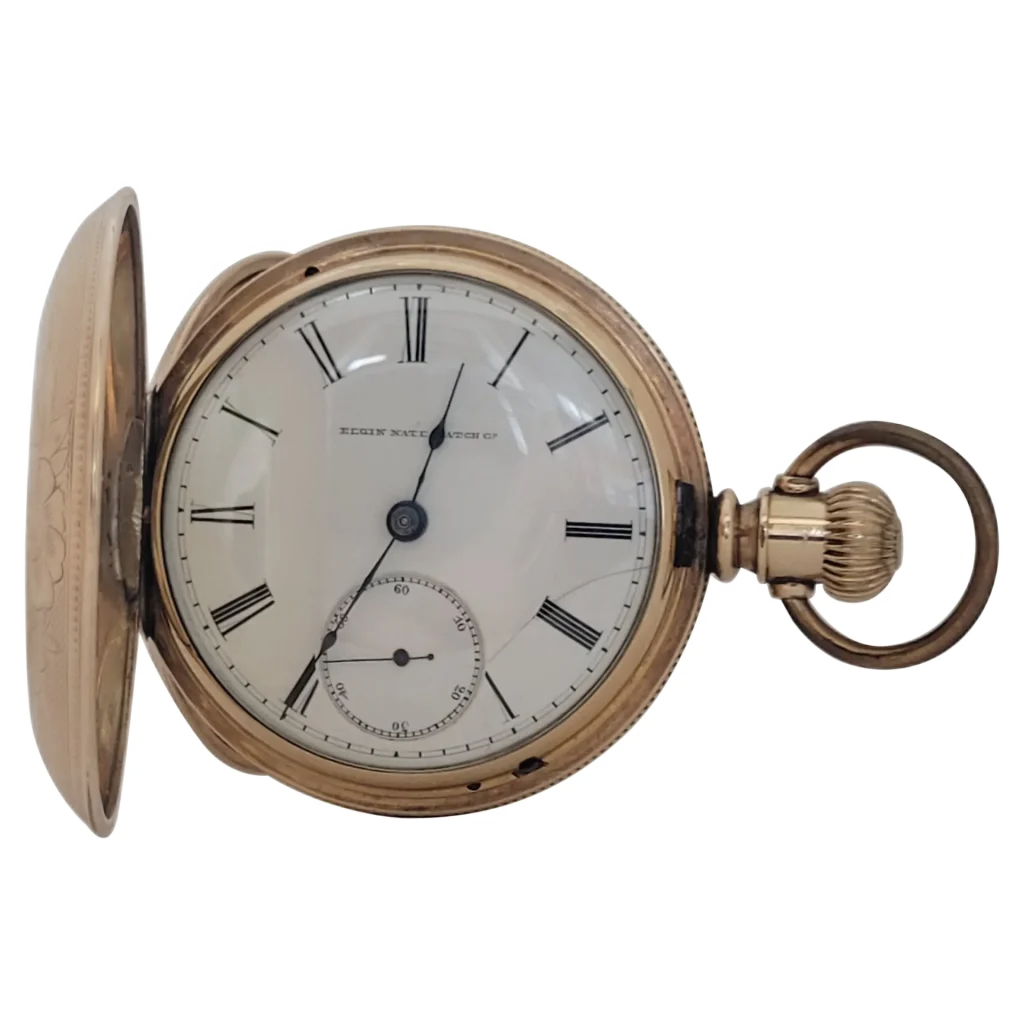
Visual Signs of Gold Pocket Watches
Identifying a gold pocket watch involves examining several visual indicators that can reveal its authenticity and composition. Genuine gold pieces are typically marked with a karat stamp, such as 10K, 14K, or 18K, which indicates the gold content. This marking can often be found on the case back or the inner workings of the watch. Additionally, solid gold watches tend to have a more substantial feel compared to their gold-plated or brass counterparts, which may feel lighter or less robust.
Another key visual sign is the color and finish of the watch. Authentic gold exhibits a rich, warm hue that does not fade or tarnish, while gold-plated models may show signs of wear, revealing a different color underneath, often a duller or shinier base metal. Observing the edges and details of the pocket watch can also provide clues; solid gold tends to maintain its integrity over time, while wear patterns on plated pieces may indicate the underlying material. Careful inspection of these characteristics can aid collectors and buyers in discerning the true nature of a pocket watch’s composition.
Identifying Gold Plating on Watches
To accurately assess whether a pocket watch is gold-plated, one should look for specific wear patterns or discoloration that can indicate the base material beneath the gold layer. Over time, gold plating can wear away, especially at high-friction areas such as the lugs, edges, and clasp. If the gold plating has diminished, revealing a different metal underneath, it is a clear indication that the watch is not solid gold. Additionally, the thickness of the gold layer can often be gauged by the depth of any scratches; deeper scratches on plated watches may expose the underlying material more readily than on solid gold pieces.
Another method for identifying gold plating is through a simple magnet test. Gold is not magnetic, so if the watch responds to a magnet, it may suggest that the base metal is ferrous, which is not compatible with solid gold construction. Furthermore, examining the watch under a jeweler’s loupe can reveal inconsistencies in the surface finish; gold-plated watches may show uneven application or bubbles, while solid gold will typically present a more refined and uniform appearance. By utilizing these techniques, one can differentiate between solid gold and gold-plated watches effectively.
Distinguishing Brass from Gold Materials
When differentiating between brass and gold materials in pocket watches, the key lies in their inherent properties and visual characteristics. Brass, an alloy primarily made of copper and zinc, often exhibits a yellowish hue that can appear significantly different from the rich, warm luster of solid gold. Over time, brass may tarnish or develop a patina, resulting in a dull appearance, while gold maintains its luster due to its resistance to corrosion and tarnishing. Observing the watch under natural light can help highlight these differences, as gold reflects light more brilliantly than brass.
In addition to visual cues, a simple test can be performed using an acid solution specifically designed for metal identification. Applying a drop of this acid to an inconspicuous area of the pocket watch can yield valuable insights; the acid will not affect solid gold, while brass will exhibit a color change due to its copper content. This method is particularly useful for confirming authenticity, especially in vintage pieces where wear may obscure initial visual assessments. Ultimately, understanding these distinctions is crucial for collectors and enthusiasts alike, ensuring accurate identification and valuation of their timepieces.

Inspecting Hallmarks for Authenticity Verification
Hallmarks serve as critical indicators of a pocket watch’s authenticity and material composition, providing information about its quality and provenance. These stamps, often located on the case back or inner surfaces, can denote the manufacturer, the country of origin, and, most importantly, the metal content. For instance, a hallmark indicating 14K or 18K signifies the presence of solid gold, whereas the absence of such markings could suggest a lower-quality metal or a gold-plated item. It’s essential to familiarize oneself with the various hallmarks associated with reputable brands to accurately assess the authenticity of a timepiece.
In the pursuit of verifying authenticity, careful examination of the hallmark’s details is paramount. Genuine hallmarks are typically well-defined, featuring crisp edges and clear lettering. In contrast, counterfeit stamps may display inconsistencies, such as blurry lines or irregular spacing. Additionally, understanding the historical context of the hallmark can provide further validation; many established manufacturers have specific hallmarks that have evolved over time. Therefore, cross-referencing with reputable databases or guides can aid in ensuring that the pocket watch is not only genuine but also a worthy addition to any collection.
Weight Differences Between Gold and Brass
The weight of a pocket watch can serve as an informative clue when distinguishing between gold and brass. Gold, being a denser metal, has a significantly higher weight compared to brass, which is an alloy primarily composed of copper and zinc. For instance, a solid gold pocket watch will feel distinctly heavier in hand than a brass one of the same size and design. This difference in density can often be a reliable indicator, as a gold watch may weigh around 19.3 grams per cubic centimeter, while brass typically weighs about 8.5 grams per cubic centimeter.
When evaluating a pocket watch, it is also important to consider the overall craftsmanship and materials used in its construction. While both metals can be intricately designed, the weight disparity can help in making a preliminary assessment of the watch’s material. Collectors and enthusiasts should handle the piece, as the tactile difference in weight can often reveal more about its authenticity than visual inspections alone.
Magnet Test: Gold Versus Brass
A practical method for distinguishing between gold and brass involves the use of a magnet. Gold is a non-ferrous metal and is not attracted to magnets, while brass, which contains copper and zinc, can exhibit some magnetic properties depending on its specific alloy composition. By bringing a magnet close to the pocket watch, one can observe whether there is any magnetic attraction. If the watch is responsive to the magnet, it is likely made of brass or contains brass components, whereas a complete lack of attraction suggests the presence of gold. This simple test can serve as a quick preliminary assessment, although it is advisable to combine it with other evaluation methods for a more definitive conclusion regarding the watch’s material.
It is essential to note that while the magnet test can provide valuable insights, it should not be solely relied upon, as some gold-plated items or mixed-metal pieces might also respond to magnetic fields. The presence of a magnetically reactive alloy in a watch that appears gold could lead to misleading results. Therefore, collectors should consider this test as one part of a broader examination process, which includes evaluating weight, visual characteristics, and additional testing methods to ascertain the true nature of the pocket watch’s composition.

Scratching Surface to Test Material
Another effective technique for assessing the material composition of a pocket watch involves scratching its surface. By carefully making a small scratch in an inconspicuous area, one can observe the underlying color of the metal. Genuine gold will reveal a yellow hue beneath the surface, while brass typically displays a reddish-brown or lighter yellow appearance. This method can provide a clear indication of the material; however, it is crucial to conduct the test discreetly to avoid damaging the aesthetic value of the watch.
Furthermore, the depth of the scratch can also yield insights into the quality of the gold. If the watch is gold-plated, the scratch might penetrate the thin layer of gold, exposing the base metal beneath and confirming its plated nature. This tactile examination should be approached with caution, as excessive force can lead to irreparable harm to the watch. Combining this technique with other methods, such as the magnet test, enhances the overall accuracy of the material identification process.
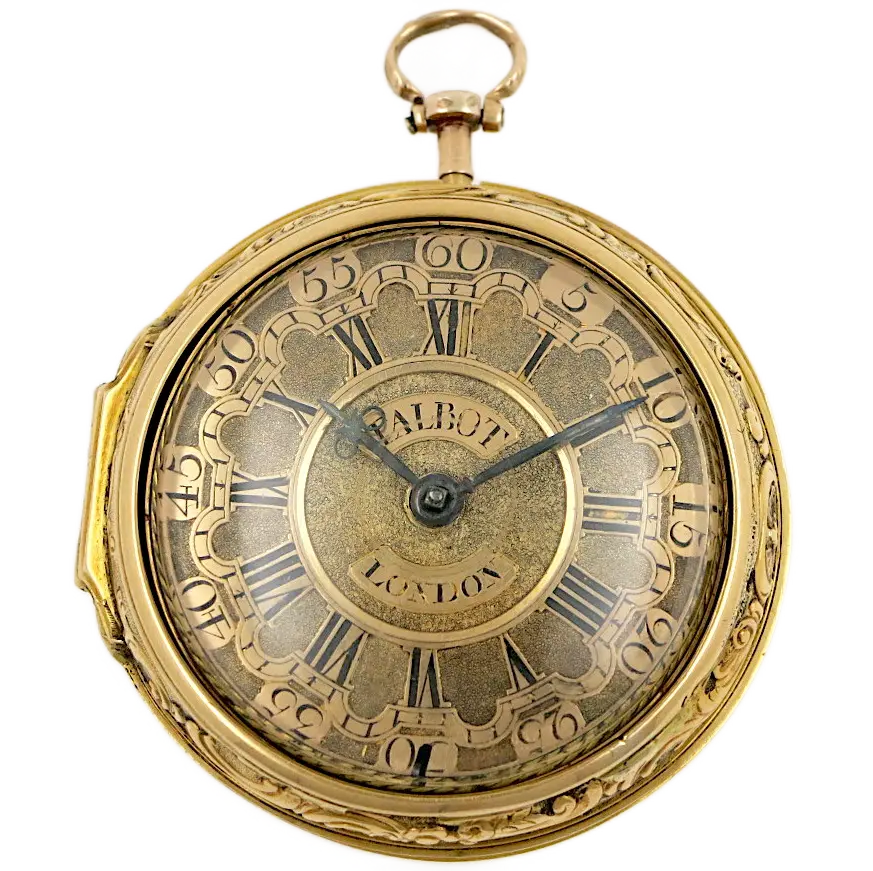
Professional Appraisal for Accurate Assessment
Engaging a certified appraiser ensures a thorough and professional evaluation of a pocket watch’s material composition and overall value. These experts utilize various specialized techniques and tools, including advanced testing methods, to determine the authenticity and quality of the metals involved. Their experience allows them to identify subtle characteristics that may not be apparent to the untrained eye, such as specific hallmarks or engravings that indicate the presence of genuine gold versus gold plating or other materials.
Additionally, professional appraisals often consider the watch’s historical context, brand reputation, and craftsmanship, contributing to a more comprehensive assessment. This holistic approach not only safeguards the owner’s investment but also provides insight into the watch’s potential market value. Relying on professional appraisers can help collectors and enthusiasts make informed decisions, ensuring that their assessments are accurate and reflective of the true worth of their timepieces.
FAQ
What are the visual indicators that can help distinguish between a solid gold pocket watch and one that is gold-plated?
To distinguish a solid gold pocket watch from a gold-plated one, look for the following visual indicators:
- Hallmarks: Solid gold pieces usually have stamps indicating karat (e.g., 10K, 14K, 18K), while gold-plated items often lack this or have less meaningful markings.
- Color: Solid gold has a rich, consistent hue, while gold-plating can appear more yellow or may wear off, revealing a different metal underneath.
- Weight: Solid gold is significantly heavier than gold-plated watches.
- Wear Patterns: Check for wear; solid gold will not show base metal beneath unless heavily scratched, while gold-plated items may reveal their base material easily.
How can the weight of a pocket watch assist in determining whether it is made of gold, gold-plated, or brass?
The weight of a pocket watch can help determine its material because gold is denser than brass and gold plating. A solid gold watch will feel significantly heavier than one made of brass or brass with a gold plating. For example, a gold watch typically weighs around 20% more than a brass watch of the same size. By comparing the weight of the watch to known weights of solid gold and brass models, one can infer whether the watch is solid gold, gold-plated, or made of brass.
What specific markings or stamps should you look for on a pocket watch to identify its material composition?
To identify a pocket watch’s material composition, look for specific markings such as “14K” or “18K” for gold, “925” for sterling silver, or “Platinum” for platinum. Other common indicators include “stainless steel” or “inox” for stainless steel cases. Additionally, check for manufacturer stamps, which can indicate the quality and authenticity of the materials used. The absence of markings may suggest a lower-quality material or a lack of authenticity, so always verify against reputable sources or appraisers when in doubt.
Are there any chemical tests or methods that can be used to confirm whether a pocket watch is made of gold or if it is simply gold-plated?
Yes, several methods can confirm if a pocket watch is solid gold or gold-plated. A common approach is the acid test, where a small scratch is made on an inconspicuous area, and a drop of nitric acid is applied; pure gold will not react, while plated pieces may show discoloration. Another method is using a conductivity meter, as solid gold conducts electricity differently than gold plating. Additionally, X-ray fluorescence (XRF) can analyze the composition without damaging the watch, providing accurate results regarding the metal’s purity. Always consult a professional for accurate assessment and preservation.
How does the color and patina of a pocket watch affect the ability to identify its material, and what changes might indicate it is made of brass rather than gold?
The color and patina of a pocket watch can significantly indicate its material. Gold typically has a rich, warm hue and develops a slight sheen over time, while brass, an alloy of copper and zinc, tends to exhibit a yellowish color that can tarnish to a dull brown or green patina. If a watch shows signs of oxidation or a rough, uneven surface, it may suggest brass. Additionally, brass is lighter and may have a more muted luster compared to gold, which remains bright with minimal tarnishing.

